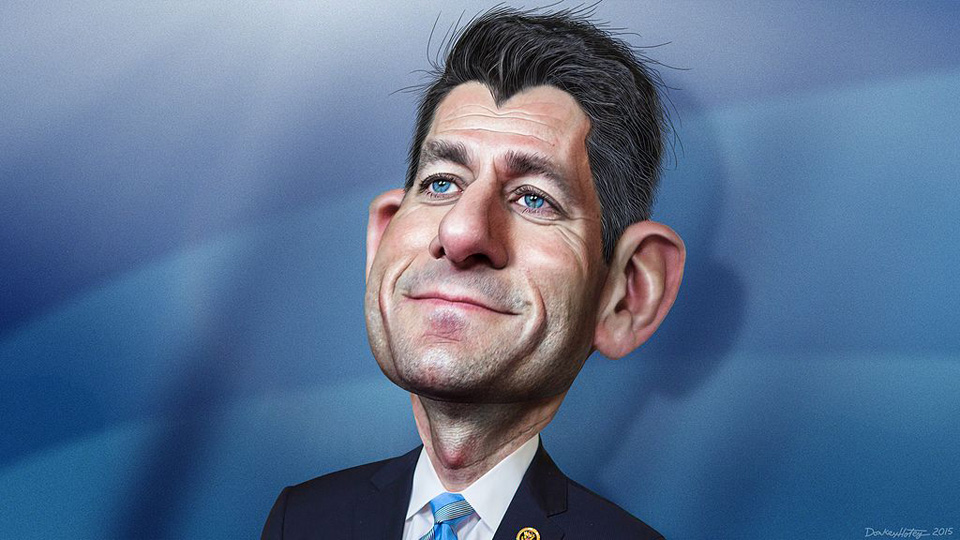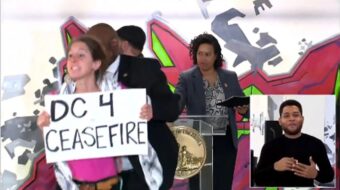
The Presidential Succession Act establishes who shall exercise the powers and duties of the office of President of the United States in the event that neither a President nor Vice President is able to “discharge the powers and duties of the office.” The current Act was adopted in 1947 and signed into law by President Harry S Truman 70 years ago on July 18, 1947.
The implications of this Act are today the subject of great concern in light of ongoing investigations of the sitting president, possible implications for the current vice president should the 2016 presidential elections be shown to be fraudulent, and in case of death, incapacity to serve, impeachment or resignation of one or both of them.
A little history may be useful:
According to the Presidential Succession Act of 1792, in the event of the removal, resignation, death, or inability of both the President and Vice President, the President pro tempore of the United States Senate was next in line of succession after the Vice President, followed by the Speaker of the House of Representatives.
The Presidential Succession Act of 1886 replaced the President pro tempore of the Senate and the Speaker of the House with the members of the Presidential Cabinet. The order of succession was determined by the order in which each cabinet department had been created—with the Secretary of State being first in line after the Vice President.
Shortly after President Franklin D. Roosevelt’s death, President Truman lobbied for a revision of the law and consequently the Presidential Succession Act of 1947 was passed. The 1947 Act restored the Congressional officers to places directly after the Vice President, but switched their order from the 1792 Act, placing the Speaker of the House first and the President pro tempore of the Senate second. The Presidential Cabinet Secretaries and Officers then followed, again in the order in which their respective departments were created.
No previous presidential succession acts have ever been implemented, although there were some close calls. Since the 1947 law was passed, there were several instances:
During the first two years of this Act being in effect there was no vice president under President Truman. Following the assassination of John F. Kennedy in 1963, Lyndon B. Johnson became President, but there was no vice president, until Hubert H. Humphrey on January 20, 1965. There was no vice president during the two months in 1973 between Spiro Agnew’s resignation and Gerald Ford’s confirmation as Vice President. In 1974, there was no vice president during the four-month period between Ford’s succession to the presidency and the confirmation of Vice President Nelson Rockefeller. In 1985, President Ronald Reagan made Vice President George H. W. Bush acting president for approximately eight hours; and in 2002 and 2007, President George W. Bush made Vice President Dick Cheney Acting President for a little over two hours each time.
During the September 11, 2001, terrorist attacks, several people holding offices in the line of succession (among them Speaker Dennis Hastert, who is now serving time in prison, and Senate President pro tempore Robert Byrd) were taken to “secure locations” in order to guarantee that at least one officer in the line of succession would survive the attacks.
If for some reason neither the House speaker nor the Senate president pro tempore is not qualified to act as president, then the officer of the United States who is highest on the following list, and who is not disqualified for some reason—non-native-born status would have disqualified Secretary of State Henry Kissinger, for example—shall act as president: the Secretary of State, Treasury, Defense, Attorney General, Secretary of the Interior, Agriculture, Commerce, Labor, Health and Human Services, Housing and Urban Development, Transportation, Energy, Education, Veterans Affairs, Homeland Security.
But is it settled law?
Some controversy still surrounds the Presidential Succession Act of 1947. Many Congressmembers felt the Secretary of Homeland Security should have been placed higher in the order—the rationale being that, as the officer responsible for disaster relief and security, that secretary would be more capable of acting as President than, say, the Secretary of Housing and Urban Development. Despite efforts to amend the law, it remains unchanged.
Another dispute is over the constitutionality of the Act. Yale Law School Professor Akhil Reed Amar says the current Act is “a disastrous statute, an accident waiting to happen.” Article II, Section 1, Clause 6 of the Constitution specifies that only an “Officer” may be designated as a presidential successor. Constitutional scholars have argued that the term “Officer” refers to an “Officer of the United States,” a term that excludes members of Congress.
In Is the Presidential Succession Law Constitutional, Akhil Reed Amar and Vikram Amar refer to Article I, Section 6, Clause 2 (a.k.a., Incompatibility Clause) as evidence that members of the Congress cannot be in the presidential line of succession. That clause states:
“No Senator or Representative shall, during the Time for which he was elected, be appointed to any civil Office under the Authority of the United States, which shall have been created, or the Emoluments whereof shall have been encreased during such time; and no Person holding any Office under the United States, shall be a Member of either House during his Continuance in Office.”
The modern relevance of the succession question is critical. At present, if the president and vice president died or resigned, the presidency would go to Speaker of the House, Republican Paul Ryan, and if he were not available, to President pro tempore of the Senate, Republican Orrin Hatch.
But suppose that the Democrats win a minimum of 24 more House seats in the 2018 midterm elections, which is quite possible. Then the succession would go to the Democratic speaker of the House, and then to Orrin Hatch if the Senate does not switch also, or to a Democrat if it does. In that case the GOP would surely raise the constitutional issue to which Amar and Amar point.
Adapted from Wikipedia and other sources.












Comments